NHK reported that a 50-cm tsunami was recorded on Hachijo Island and a 10-cm tsunami on Miyake Island.
The Japan Meteorological Agency (JMA) has issued a tsunami warning for the Izu Islands and the Ogasawara Islands, both in the southeastern region of the country, after a 5.9-magnitude earthquake struck the Pacific Ocean at around 8 a.m. local time.
Tsunami hits Japanese archipelago after Pacific earthquake
JMA forecasts that tsunami waves of 1 meter high could hit coastal areas and advised people to stay away from coastlines and river mouths.
The Japan Coast Guard has issued a warning to ships in the area, urging people to pay close attention to the latest information from the JMA. Police in areas where tsunami warnings have been issued are patrolling near the coast and advising people to be vigilant.
No damage has been reported. The Izu and Ogasawara archipelagos consist of more than a dozen inhabited islets with a combined population of about 24,000 as of 2023, according to Tokyo government data.
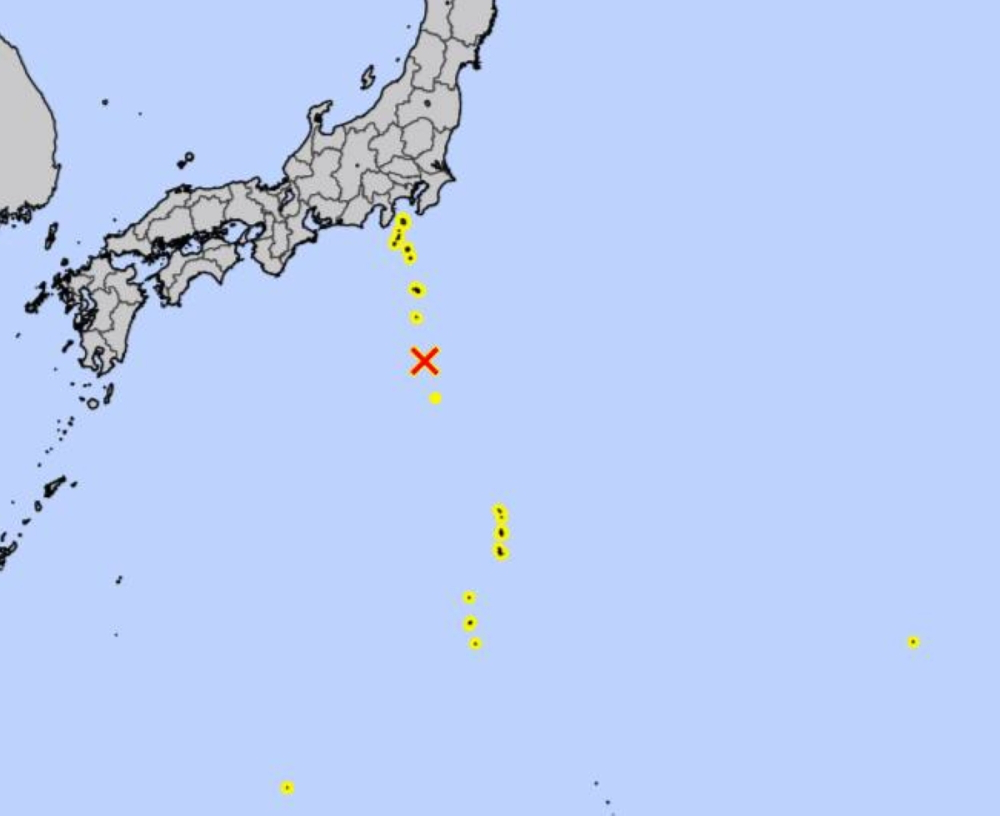
Tsunami warning areas in Japan on September 24
How is a tsunami different from a normal wave?
According to the National Oceanic and Atmospheric Administration (NOAA), the key difference between tsunamis and wind-driven waves is that tsunamis travel through the entire water column — from the ocean floor up to the ocean surface, while other types of ocean waves only affect the near-surface layer of the ocean.
This is because of the way they are created. Waves are created by the transfer of energy from their source to the ocean. Most other types of ocean waves are created by wind blowing over the water (wind waves). However, tsunamis are created by large, sudden displacements of the ocean, often caused by earthquakes under or near the ocean floor. These sources can generate more energy than wind.
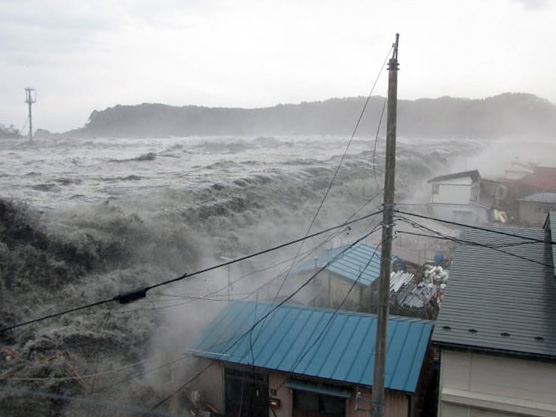
Tsunami hits Miyako city, Iwate prefecture, eastern Japan in 2011
PHOTO: JAPAN EARTHQUAKE MEMORIAL MUSEUM
Waves have three basic characteristics: wavelength (distance between two wave crests), period (time between two wave crests) and speed.
Wind waves have short wavelengths, typically 90-180 m, while tsunamis have wavelengths of 500-1,000 km, so the cycle of each wave can be up to 2 hours, while wind waves are about 5-20 seconds. According to NOAA, the longer the wavelength of a wave, the greater the volume of water it carries. The speed of a tsunami in deep water is usually 800-1,000 km/h and when approaching the shore, it slows to 30-50 km/h. The speed of wind waves is 8-100 km/h.
Although the wave crest height may appear smaller than a normal wave, a tsunami can be much higher and more destructive when it hits the shore.
As it enters shallower waters near the shore, the tsunami slows down, its wavelength shortens, and its height and steepness increase.
Wind waves have shorter wavelengths, so their steepness often causes them to break at the shore, lose energy, and recede quickly. Tsunamis, on the other hand, do not lose energy as quickly, and tsunamis do not usually roll and break like wind waves. Because of their longer wavelengths, tsunamis often reach the steepness needed to break.
Also because of the long wavelength, the volume of water carried by the tsunami is large and the energy carried by the tsunami is very large and dangerous. Instead of breaking up and receding quickly at the shore, the tsunami often hits the land as a rapidly rising flood and inundates low-lying areas before receding into the sea.
Source: https://thanhnien.vn/song-than-ap-vao-nhat-ban-sau-dong-dat-tai-thai-binh-duong-185240924092106491.htm


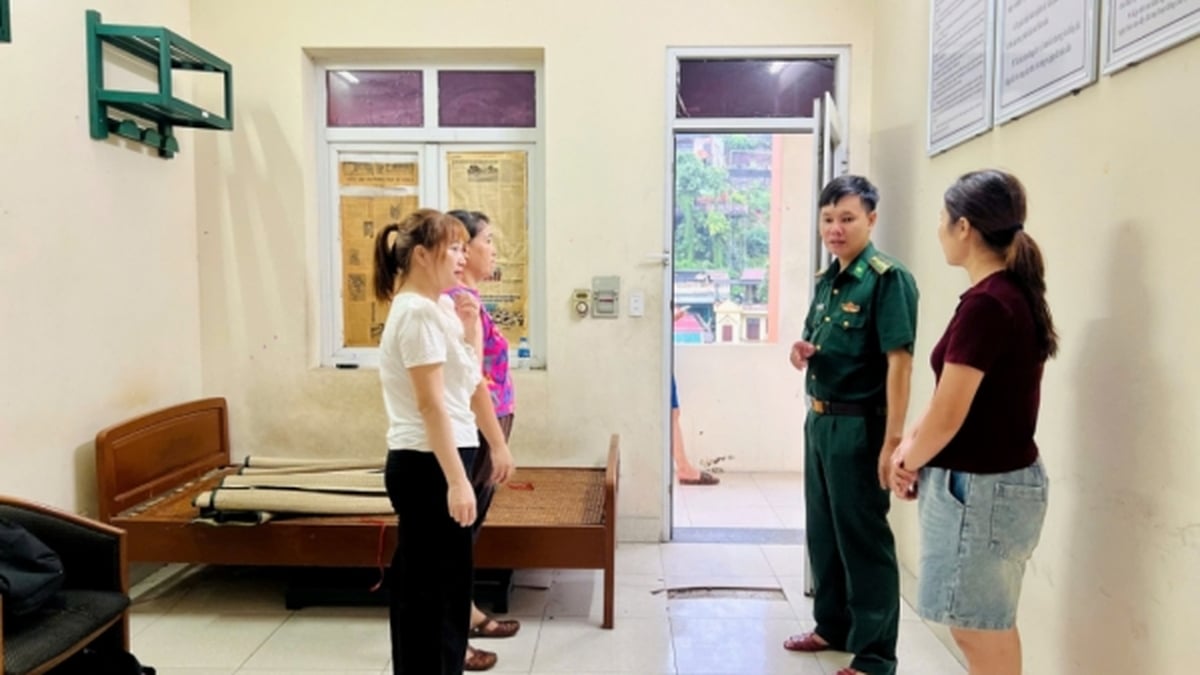
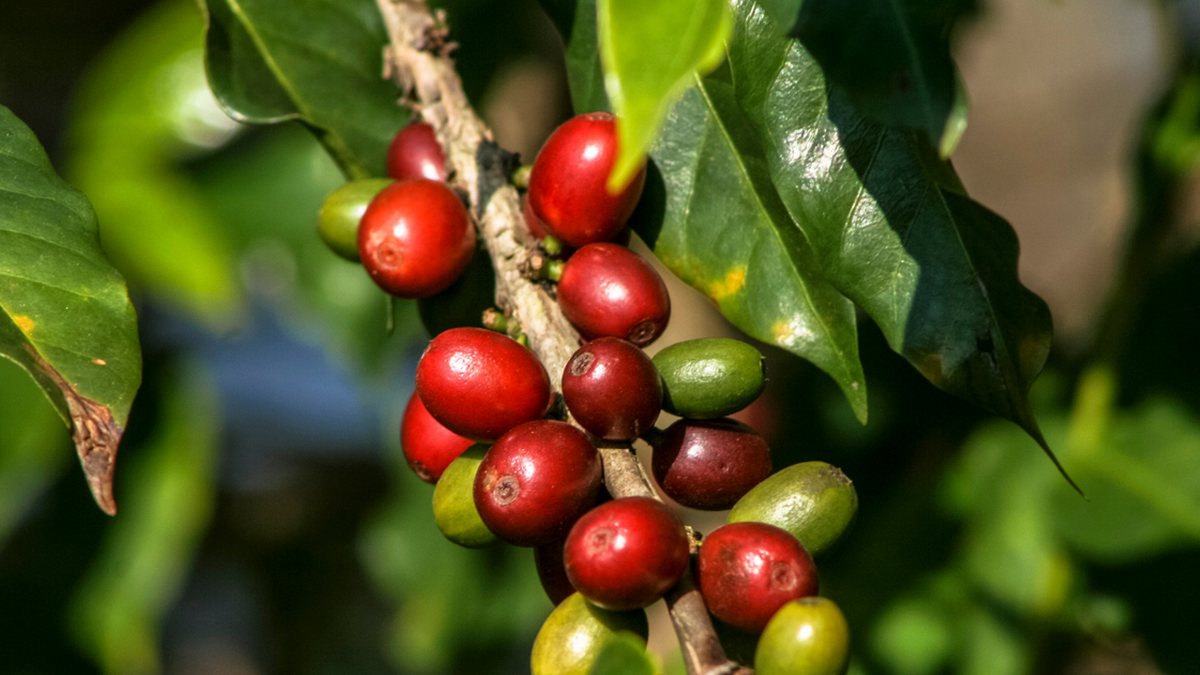
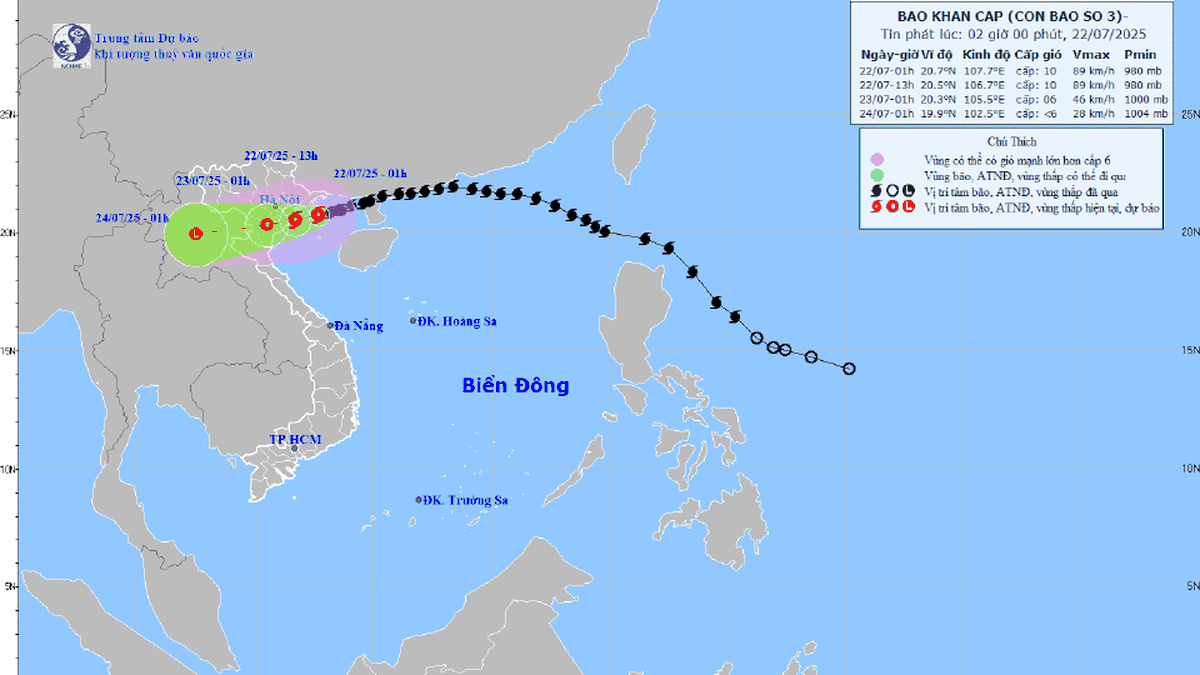
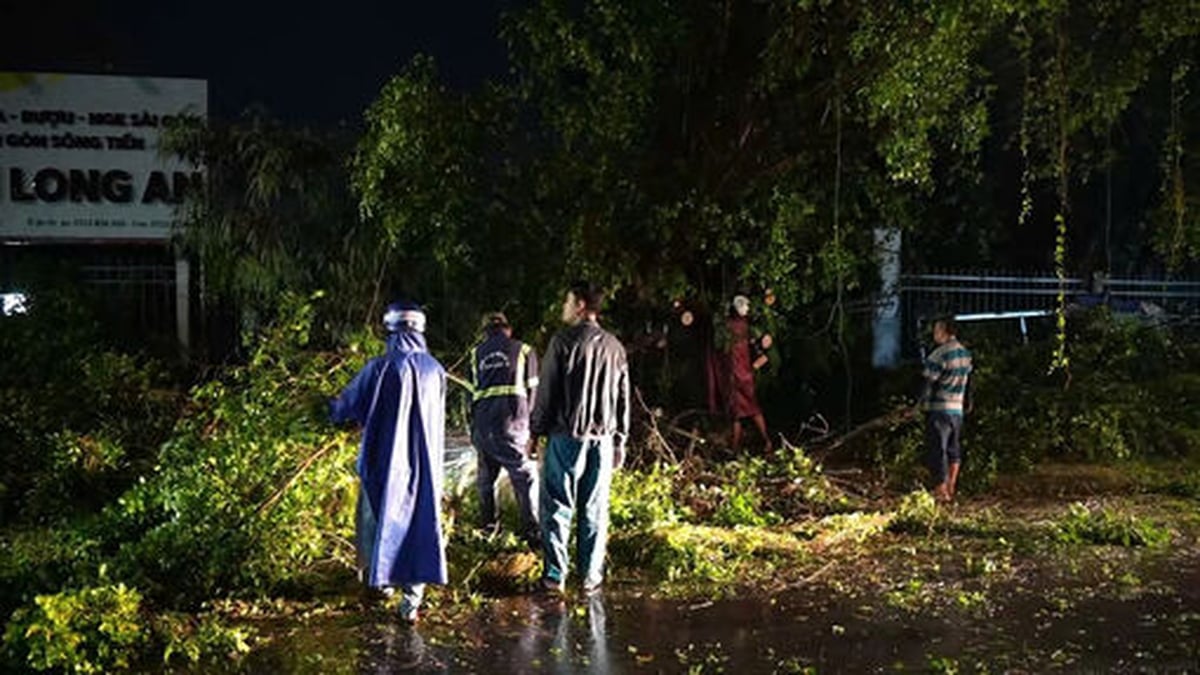


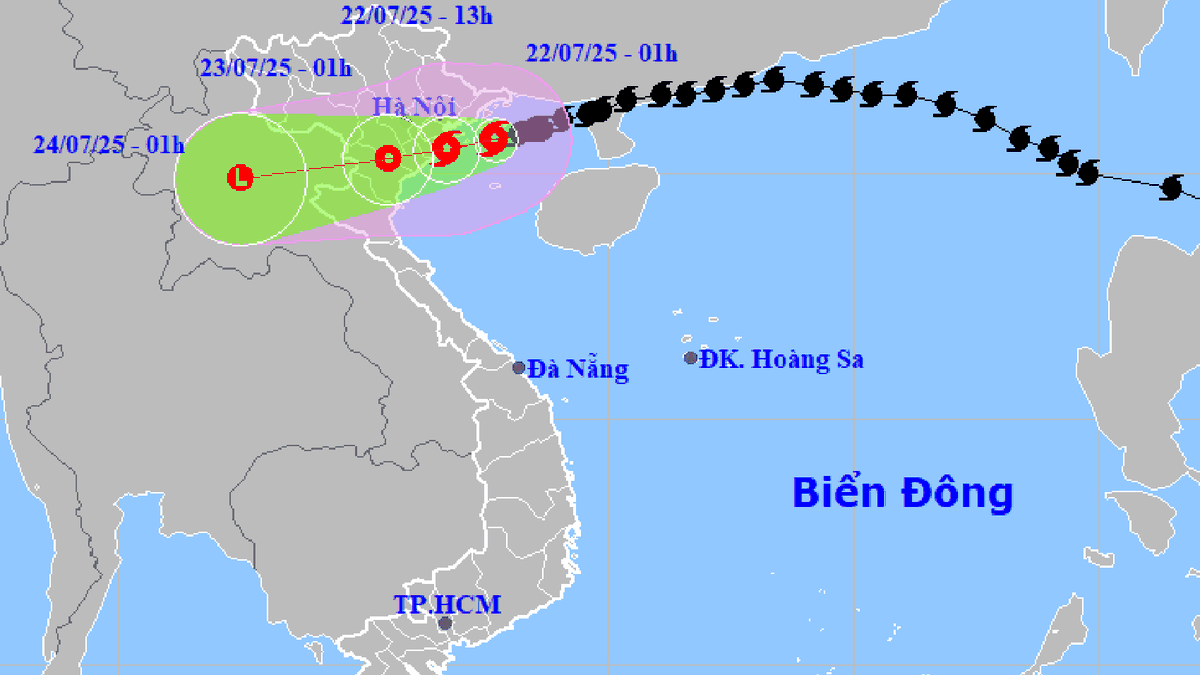


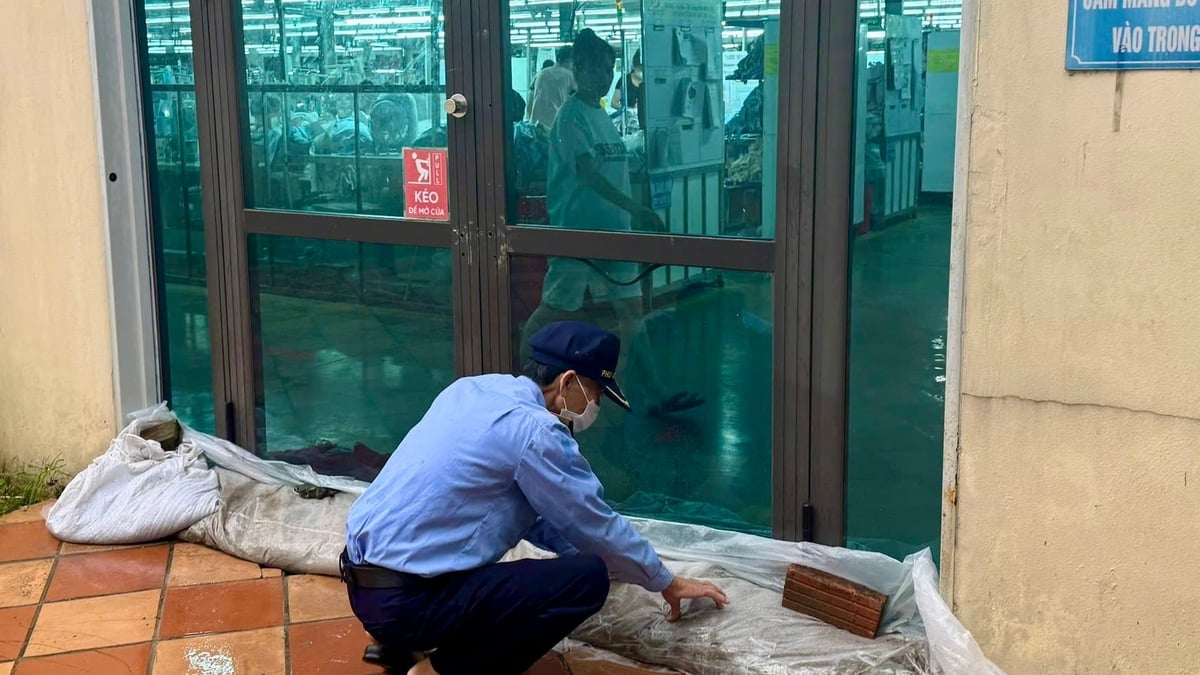
















![[Photo] National Assembly Chairman Tran Thanh Man visits Vietnamese Heroic Mother Ta Thi Tran](https://vphoto.vietnam.vn/thumb/1200x675/vietnam/resource/IMAGE/2025/7/20/765c0bd057dd44ad83ab89fe0255b783)

















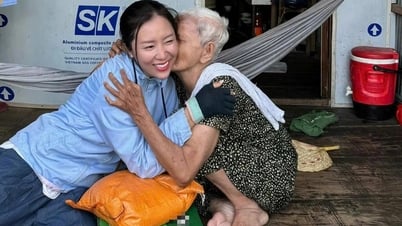















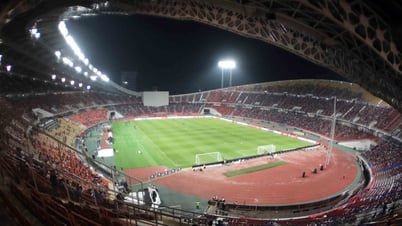


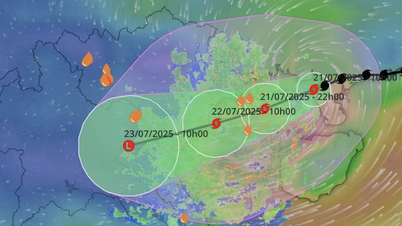

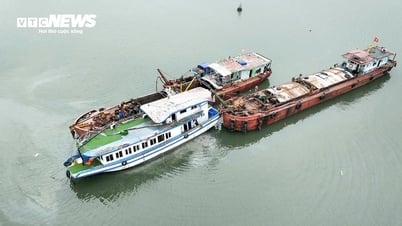


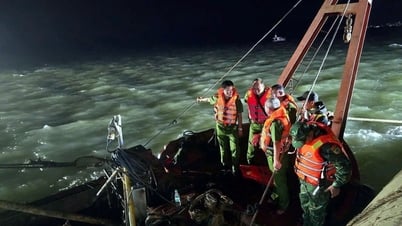
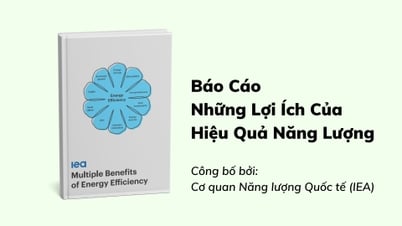



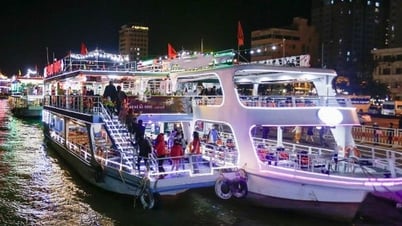

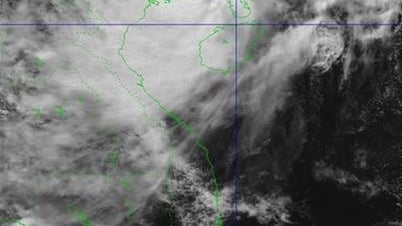



















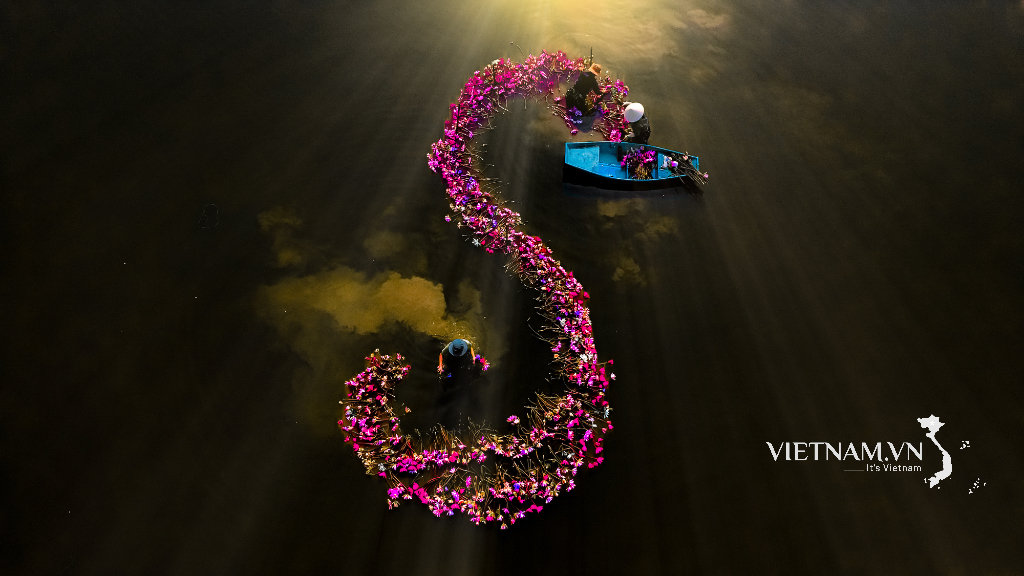

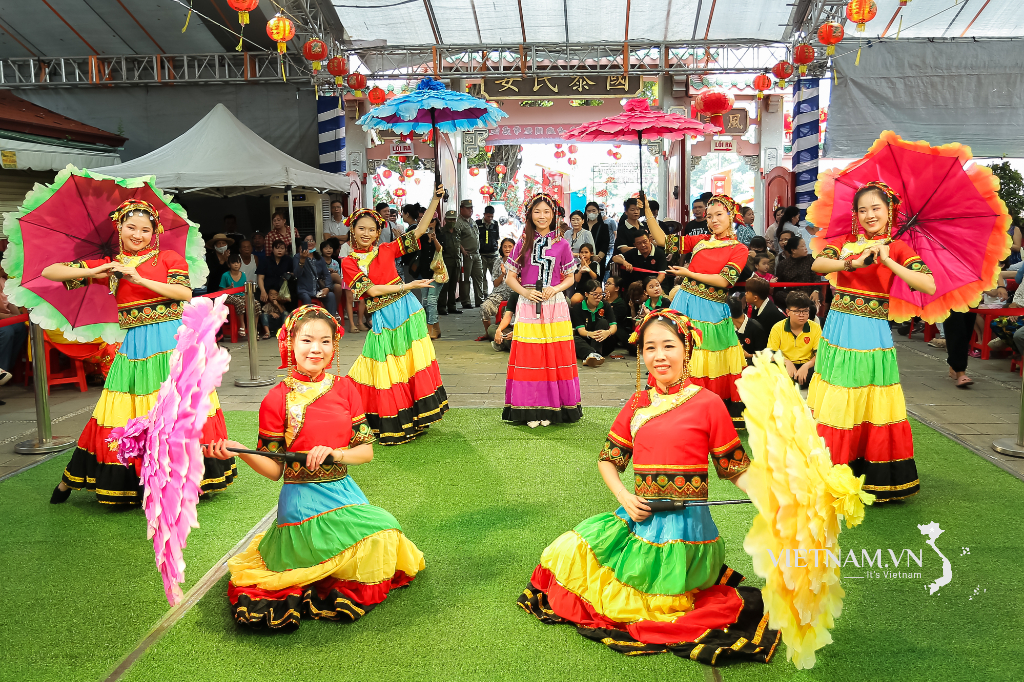
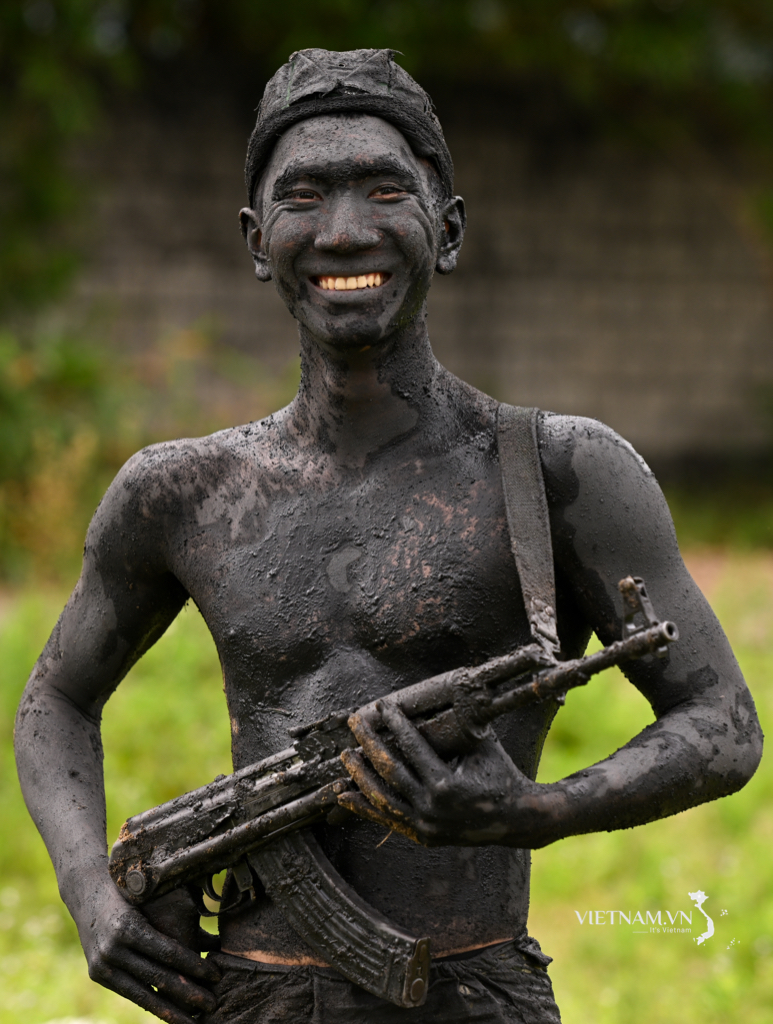
Comment (0)